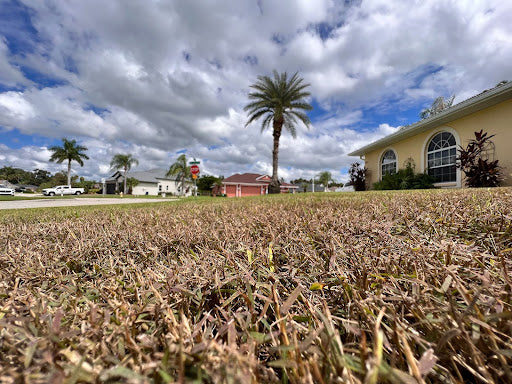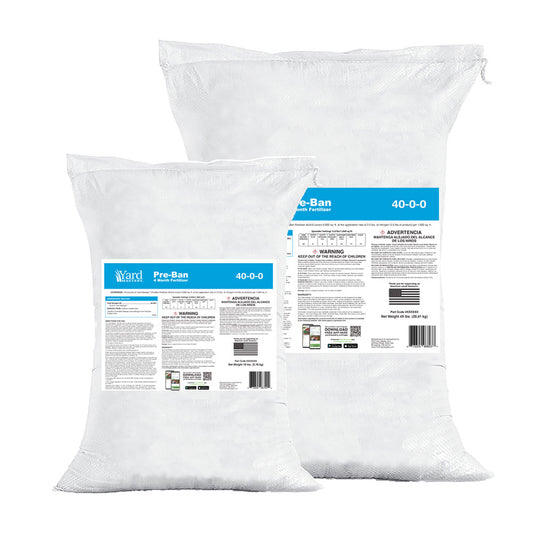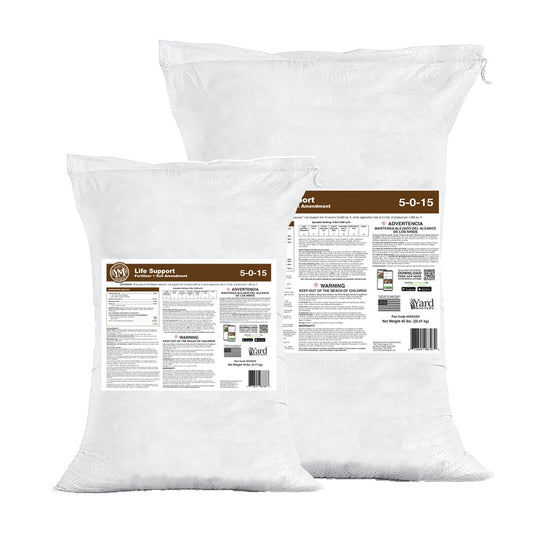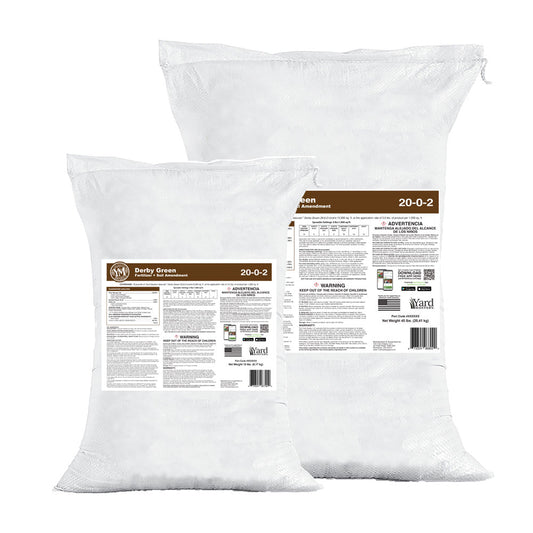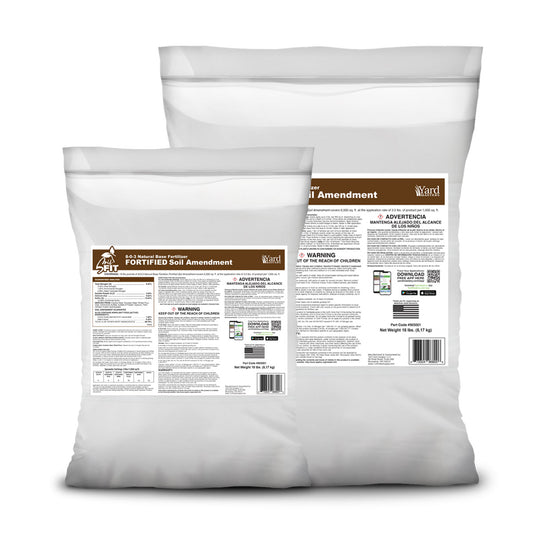Recognition Herbicide with Fusilade2 Herbicide - Results
Bermuda grass and St Augustine grass are two warm season turf types that don’t mix. St Augustine has fat, juicy blades that stand up stiff and tall. When you mow it, it’s recommended to mow it as tall as your mower will go.
Bermuda grass on the other hand, looks better when mowed very low, down to 1” if you can get it there and its grass blades are thin and soft.
These two grasses by themselves make incredibly nice lawns.
Bermuda Grass Lawns
Bermuda grass is aggressive with rhizomes and stolons and can heal from almost any injury. If you want to know what the best warm season grass for high traffic areas is: it’s hands down, bermudagrass. It’s also a nice barefoot grass.
St Augustine Grass Lawns
St Augustine on the other hand, is a turf that is best viewed from afar. It’s thick and beautiful and chokes out weeds with thick stolons that can weave together making a big ole mattress of beautiful turf. But you don’t want to walk on it, you’ll twist your ankle. St Augustine is meant to be mowed tall and admired, not walked on or in.
But you know what is really just awful looking? The two mixed together.
On the west coast of Florida where I live (Bradenton area) every St Augustine lawn that is more than a year old is riddled with invading bermuda grass. In my lawn, I have areas where it’s spread sparsely throughout, and others where it’s about 80% bermuda grass taking over.

This is bermuda grass invading my Palmetto St Augustine grass. The Palmetto is yellow from nutrient deficiency - the bermuda is robbing it from the St Aug.
How To Get Rid of Bermuda in St Augustine Grass
So up until a few years ago, there were only two choices if you had bermuda in your St Aug. The first is to just live with it which is what most people do. The second is to wait until it gets to a point where you can’t stand it anymore, and then scrape it all up and re-sod with clean St Augustine grass again. Just know that the bermuda will get back into the lawn within a year or so and you’ll be back on the downward slide to re-sod again in a few years.
Then in 2018 we got a new option which was a glyphosate tolerant St Augustine grass variety called “Scotts ProVista St Augustinegrass.”
You can view a video I made about it here.
I’ve been growing ProVista in my back yard ever since and I’ve also been managing 2 acres of it over at The Freedom Factory race track that I care for. It’s a great grass and is my favorite St Augustine variety.
The reason this became such a good option is that glyphosate (RoundUp brand name) is a non-selective herbicide that can kill bermuda grass. It also will kill St Augustine grass but not ProVista. ProVista has been genetically modified to be tolerant of glyphosate. If you have heard of farmers up north planting “RoundUp Ready Corn” then you can think of Scotts ProVista as being the same thing but instead of corn, it’s turf.
So this means I can now use glyphosate as a tool for controlling weeds in my St Augustine, and not just bermuda. It can kill broadleaf and tropical signalgrass and torpedograss as well. These invade just as bad as bermuda grass does! If you have a Scotts ProVista St Augustinegrass lawn, then you have the tool of glyphosate herbicide now in your arsenal. That was a game changer for real.
However, there is a pretty big drawback with this option and that is the fact that it requires a re-sod of the lawn. That’s expensive and back breaking work. Even if you do it yourself, you are going to have to use a sod cutter to scrape up the existing turf, find a way to dispose of it, then water like crazy to get the sod established. It’s a lot to ask.
Recognition Herbicide and Fusilade Combination
As of this year though, we now have a fourth option and form my testing, it’s one that works pretty well. It’s a herbicide combination and it must be measured out and applied through a battery or pump sprayer. This isn’t something you want to apply from a hose end - it’s not accurate enough.

The large brown area is dead bermuda grass. This section was the heaviest with very few St Augustine stolons remaining. I may need to plug this to get it to fill in quicker.
The combination is a new herbicide called “Recognition” mixed with herbicide called “Fusilade2.” I recently had the opportunity to apply 3 gallons of spray mix to a 3,000 sq ft area of my lawn and the results after just 22 days were looking pretty good. The combination of these will knock down bermuda grass within 3-4 weeks and you can apply a second application after a month. Here’s the mix rates:
Recognition herbicide rate: 1.29 oz/acre
This is a WDG (water dispersible granule) so the rate here is in weight, not volume. In other words, you would weigh out 1.29 oz/acre.
However, we are only apply small amounts, in my case, a 3-gallon fill for my pump sprayer, so it’s best to convert oz to grams and weight out your product that way. When you do that, it comes out to:
Recognition Herbicide Application Rates
1 acre = 43,500 sq ft
1.29 / 43.5 = .03 oz
1 oz = 28 grams
.03 oz = .85 grams
So the rate converted to grams is .85 grams / 1,000 sq ft
1 gallon of spray mix covers 1,000 sq ft
Fusilade2 Herbicide rate: 24 oz / acre
This is a liquid concentrate so the rate here is expressed in volume. This means you can use a measuring cup to measure out the product.
1 acre = 43,500 sq ft
24 oz / acre
24 / 43.5 = .55
So the rate of Fusilade2 is .55 oz / 1,000 sq ft
1 gallon of spray mix covers 1,000 sq ft
Surfactant
There is also a recommendation to use surfactant. I have non-ionic surfactant and I used 1 oz / gallon.
I mixed up 3 gallons which is enough to cover 3,000 sq ft. If you also want to mix up 3 gallons, this is your fill sheet:
3,000 sq ft
3 gallons
.85 x 3 = 2.55 grams of RECOGNITION herbicide
.55 x 3 = 1.65 oz FUSILADE2 herbicide
3 oz non-ionic surfactant
This same mix can be used on St Augustine grass and Zoysia grass as a broad leaf weed killer and to eliminate the bermuda grass that may be invading. Here are some other best practices to follow:
No watering or rain for at least 3 hours. That’s the minimum amount of time they want you to leave it sitting but if you can let it go overnight that’s even better. Let that stuff soak in!
Mowing Before and After Recognition + Fusilade Herbicide Applications
Mowing is another one to consider. You don’t want to mow right before your application because you could be removing leaf tissue that could be used to collect the herbicide. Remember, this product is systemic (foliar absorbed) so the more bermuda grass leaf surface we have the better (more entry points).
In reading the label of RECOGNITION you will find this:
And here is what Fusilade2 requires on its label:
In this case you want to go with the longest requirement which is Fusilade2 asking for 7 days prior and 7 days after. That’s a long time! In fact, not practical for most people. If you let your lawn go that long before cutting you’ll have a huge mess on your hands assuming your lawn mower can even handle it.
In this case, my recommendation is to go as long as you can before and after. I think it’s reasonable to hold off mowing for 3 days prior to spraying and 4 days after. That’s a total of 7 days and should be enough to let the chems work their way through.
The large brown area is dead bermuda grass, 23 days after application. Notice how green the Floratam St Augustine is at the bottom? Now look at the stress the Palmetto is showing.
RECOGNITION + Fusilade Herbicide Application Timing
In the video on my YouTube channel you will see that I sprayed in the very late summer. I believe this is NOT the ideal time. That’s because here in Florida, our rainy season is during the summer and that makes the lawn grow more but it also favors the Bermuda.
Keep in mind here, I live in Bradenton, FL so my lawn doesn’t usually go dormant in winter and if it does, it’s only for 2-3 weeks. I’m pretty much year around mowing and throwing.
When you have a lawn here that’s been infested with Bermuda for several years, what you will find is that in the late winter and early spring, the St Augustine does better than the Bermuda. St Augustine is more cold tolerant and also can grow with less sunlight. In the winter, the days are the shortest and those short days mean less light. The Bermuda needs a lot more sunlight than the St Aug so in winter, the Bermuda grass fades and thins out and the St Augustine is dominant. However, as the season goes on and the days get longer in July and August, coupled with all the rain, the Bermuda then starts to take over and gain more ground. And it’s in September that I sprayed in the video - when the bermuda is actually at it’s thickest point of the season.
The canopy of the bermuda is realy thick and high too. Because my lawn is a St Augustine lawn I mow it as tall as possible. This allows the bermuda grass to grow a thick canopy as well and when you spray it, it’s so thick that it’s tough to get a really good application on ALL of the green leaf tissue.
So I recommend if you have a choice that you get on this treatment regimen in the mid-spring. That is the time when the Bermuda is still thin and struggling, but there is enough sunlight that it’s start to become more vigorous. The other key here is that the bermuda must be actively growing. I think mid-to-late spring is that sweet spot and is when you should start if you have the choice.
Fertilizer Recommendations
I saw some pretty good stress in my Palmetto St Augustine when I sprayed the combination. I did not see “burns” like you see with other herbicides, instead, I saw yellowing and growth stunting. This is talked about on the label of RECOGNITION so I expected it.
One recommendation is to add some liquid, foliar absorbed fertilizer into the mix with the RECOGNITION and Fusilade2. I was not able to do this because I’m in a fertilizer ban, but you can.
Add 7-0-0 Greene Effect at 6oz/gallon into the mix. It contains iron and nitrogen which will absorb into the St Augustine and help it to grow a little better as well as retain it’s color during the stressed period.
You can repeat the application of 7-0-0 Greene Effect a week later (by itself, not with more herbicide).
I also recommend you fertilize the lawn a week or two after with a good granular fertilizer like 24-0-6 Flagship. This will deliver quite a bit more nitrogen that will help to begin pushing the St Augustine to fill into the spots where the bermuda is going to die. Your St augustine stolons will no longer have competition from bermuda so give them some nitrogen fuel to start spreading, fast!
Most of the bermuda is dead at 23 days but enough green remains so I will need another application. Also note how sparse the remaining St Aug is. The bermuda really took over in this area!
Conclusion
Overall, the treatment works. It kills bermuda grass in St Augustine and zoysia alike. Same mix works for both.
However, the real test is going to be time. For sure the bermuda grass is going to come back, it’s an inevitable fact. The key is to get on it at the right time of year, early, knock it out, and then from there, stay on top of it with spot sprays so it doesn’t take over again. It’s also important to note that if you have an area that has thick bermuda you kill off, you want to push your St Augustine with fertilizer to help it to spread stolons and fill back in quickly. Otherwise the open areas invite the bermuda grass to come back faster.


